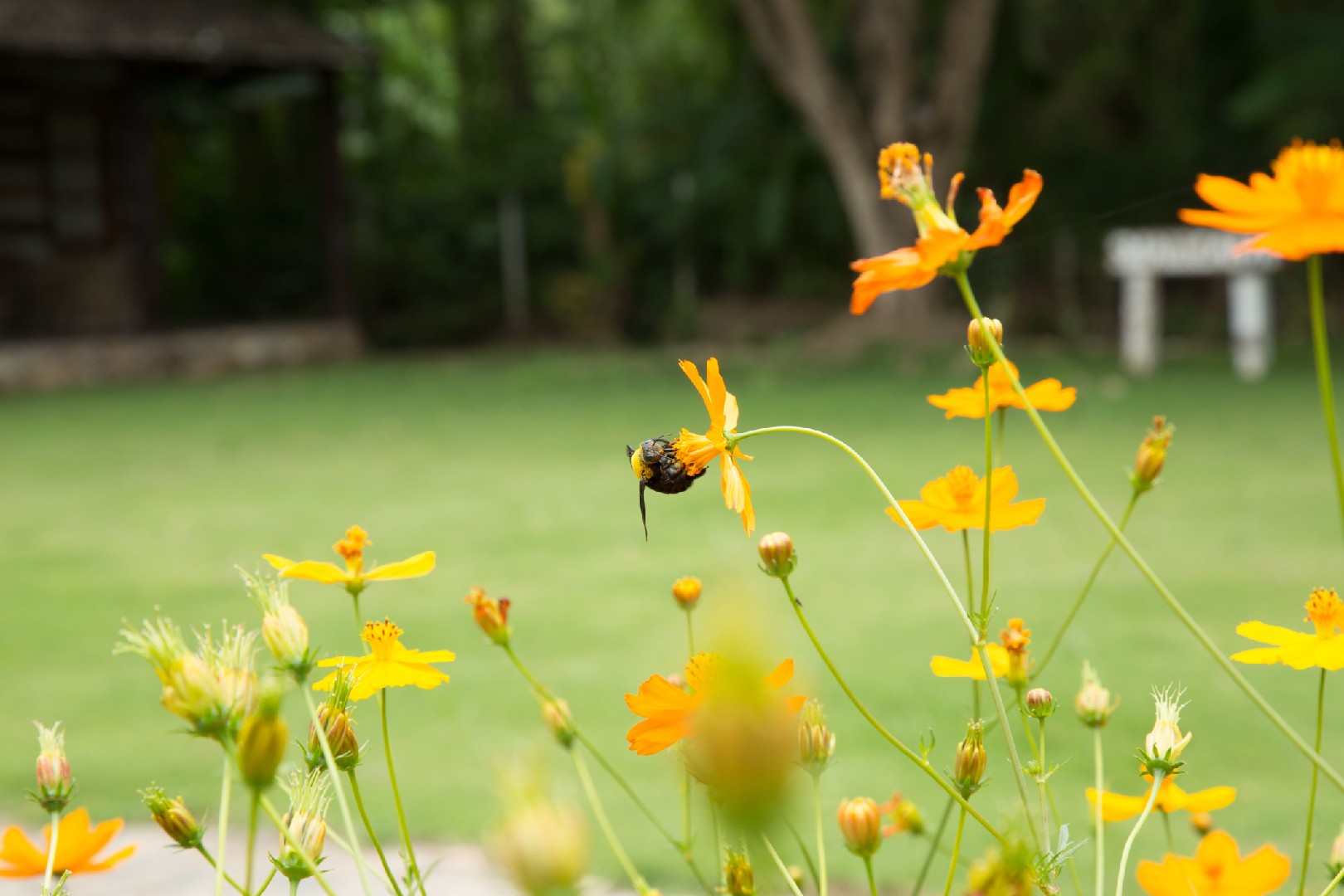![Rectangle]()
Understanding the Importance of Pollinators
Pollinators play a crucial role in maintaining ecosystems and are essential for the survival of many plant species. Without pollinators, the process of fertilization would not occur, and plants would not be able to reproduce. This has far-reaching effects on the entire ecosystem, as many animals depend on these plants for food and shelter.
Attracting pollinators to your garden can have numerous benefits. Firstly, having a diverse range of pollinators visiting your garden can lead to increased pollination rates, which in turn results in higher fruit and seed production for your plants. This can be especially important if you are growing fruits, vegetables, or other crops for personal consumption or sale. Additionally, attracting pollinators can also enhance the overall beauty and aesthetics of your garden, as many pollinators are brightly colored and add vibrancy to your landscape.
It is important to note that pollinator populations are currently facing significant declines worldwide. This can be attributed to various factors, including habitat loss, pesticide use, climate change, and disease. The decline of pollinators has significant implications for global biodiversity, as many plant species rely on specific pollinators for reproduction. Without these pollinators, these plant species may decline or even become extinct, leading to a loss of biodiversity and potential disruptions to ecosystems.
To attract pollinators to your garden, there are several methods and practices you can employ. First and foremost, it is crucial to provide a diverse selection of flowering plants that bloom at different times throughout the year. This ensures a continuous supply of nectar and pollen for pollinators, especially during seasons when food may be scarce. Native plants are particularly beneficial, as they have evolved alongside local pollinators and are well-suited to their needs.
In addition to planting a variety of flowers, creating habitats and nesting sites for pollinators is also important. This can be achieved by incorporating features such as bee hotels, butterfly houses, and water sources into your garden. These additions provide shelter, nesting spots, and drinking spots for pollinators, making your garden even more attractive to them.
Furthermore, it is essential to minimize the use of pesticides in your garden, as they can be harmful to pollinators. Instead, focus on natural pest control methods and encourage biological diversity in your garden, as beneficial insects can help keep pests in check. Additionally, reducing your carbon footprint and supporting sustainable agricultural practices can contribute to the overall health and well-being of pollinators.
By understanding the importance of pollinators and implementing practices to attract and protect them, you can not only enhance the productivity and beauty of your garden but also contribute to the conservation of these vital creatures. By taking action to support pollinators, you are actively participating in the preservation of ecosystems and the protection of global biodiversity.





